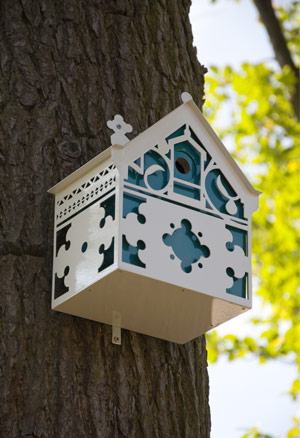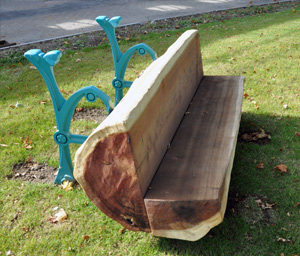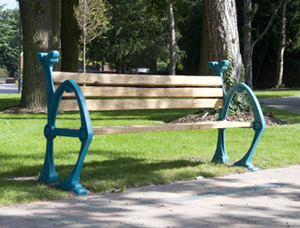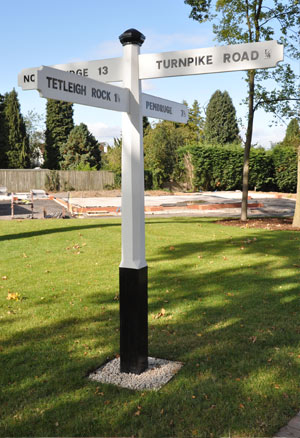- Robert Colbourne
- About
- Working
- Loading Bay Pocket Park
- Exchange
- 29-32 Mary Street
- King Edward VI Sixth Form College
- Tamed [Flood Management Scheme]
- Smithfield Site
- Frames - King Edward VI College
- James Watt Campus, Birmingham Metropolitan College
- Kemble Airfield
- Fargo
- Woodthorne Residential Housing Development
- Muchall Grove Housing Development
- Gravesend
- Meshwork Worcester
- Quadrant, Network Rail National Centre
- 20ft to an Inch [Sustrans]
- Birmingham Coach Station, Digbeth
- South Wolverhampton and Bilston Academy
- Longton Plots
- Pride of Place, West Bay
- Darwin Hall
- Light in Benmore - Optima Housing Association Art-as-Maintenance Report
- Smithfield 1 Proposal
- Interchange
- Turning Wall
- Springfield Brewery
- Constellations, Optima Housing Association
- AFC Telford United
- Stourport Day Book
- Stourport markers
- Changing Landscapes
- Rea Park, Digbeth
- Rea Crossing, Digbeth High Street
- Green Bridge Feasibility Project
- BryantPriestNewman 10
- Longhouse CPD, Confluence and Mythe
- Landscapainting
- Rd
- At any specific
Double Thread, Woodthorne, Tettenhall. [2013-14]
Public art scoping, design and installation with Stuart Mugridge and Xtraweld for David Wilson Homes.

As a one-per-cent provision of public art to discharge s106 obligations, the project aimed to embed art thinking into the development and surpass Wolverhampton City Council's SPG19 'Provision for Public Art' [1998]. Given the timing of artist involvement and what proved a relatively new approach for David Wilson Homes, an integrated scheme was eventually favoured, to enrich the nature and usage of the site. To successfully meet planning requirements, various elements including birdhouses, benches, paving text, a signpost and sundial were installed in the new pocket parks that once part of the Woodthorne estate and gardens. A publication was also created for the surrounding neighbours, local libraries and schools, though it predominantly served as a moving-in gift for new residents.
Double Thread
"He loved every stick and stone in the place; and always returned to it after a short or a long absence with renewed delight." [The Life of Henry Hartley Fowler, First Viscount Wolverhampton: by Edith Henrietta Fowler].
As a foreword to Ellen Thorneycroft Fowler's book, Forgotten Mercia, Carl Chinn remarks on how important her writing is. For a place so synonymous with coal, steam and iron it received "scart notice in any form of writing". It is obvious that she set her novels often directly in The Black Country and surrounding areas, simply changing the name of the town slightly: Tettenhall became Tetleigh, Wolverhampton became Silverhampton. Ellen herself said, "I prefer to deal with real places, though I don't always do so. You are so apt to mislay your rivers or to lose a church if you are dealing with a place that exists solely within your own imagination".
When we made a visit to Woodthorne we began imagining the place in a variety of different ways. From the empty buildings of the 40's and the late 70's (architecturally so redolent of their eras), we imagined the lorries pulling up for milk and butter testing on a daily basis. We envisaged entomologists and other specialists giving advice to local gardeners in between their tasks of breeding hardier crops after the close of the Second World War. We saw visions of Victorian domesticity complete with an abundance of servants. In our minds we saw the 'specimen shrubs' that Ellen described at Woodthorne in her novel Fuel of Fire; the romantic rural 'bright green border' of The Black Country staging Henry Hartley Fowler's love for his modest house, and the agricultural fields beyond and beneath.
Aside from the stories we also began to see traces. Trees planted in rows for predicting the weather and studies now forgotten, were still in situ. Those original pockets of specimen trees that were planted in Henry's day, were dominantly apparent. A tree dedicated to a former employee of ADAS poked through the shadows. We found the original weather vane (once affixed to Woodthorne's remaining stable building); a mightily engineered 1970's balancing pond; blast walls to anonymous sheds; and the original keystone of Woodthorne, resplendent with the Fowler monogram, relocated into a 1980s wall.
Initially the place seemed to contain two opposing threads: what was physical and what was imaginary. Without the remains of the original house, nor many artefacts, accounts or clear photographs, it seemed that only the fictional accounts of Ellen and the writing of Edith illuminated for us some of the ethos of how the Fowlers dwelled at Woodthorne.
However, this place doesn't exist solely in the imagination; just as it is not possible to entirely separate Tettenhall form Tetleigh, nor Ellen's wit, romanticism and sometimes-surreal texts or wise aphorisms, from the real history of Woodthorne. Can we separate the legacy of agriculture, and unusual species of planted test subjects from Victorian collections of rare trees? Is there opposition between the power of Henry Hartley Fowler and his modesty? If Woodthorne itself is to become both public and partly private, how does this manifest itself in its character? Is there a line between retaining and recycling or the permanent or ephemeral?
Every art-process starts with questions such as these. We decided to appropriate Ellen's book title Double Thread (1899) as a way to think about how these seemingly separate elements of the place relate and entwine with each other, but also how we might spiral them around each other again like cutting a double helix on a Black Country bolt, to make those meanings visible as if for the first time.
Double Thread aims to shape Woodthorne so people can return to it after an absence, with renewed curiosity and delight.




